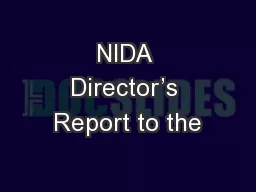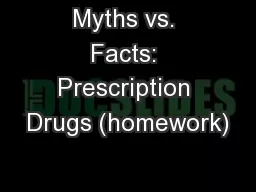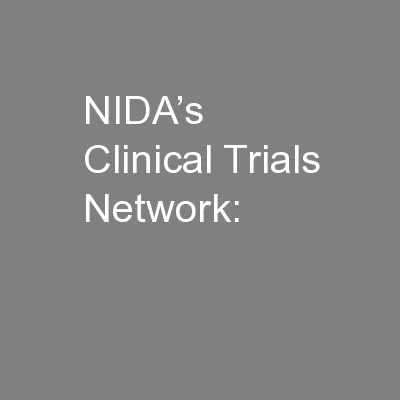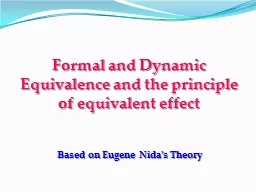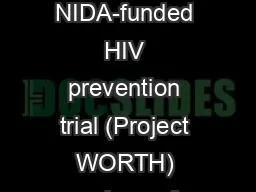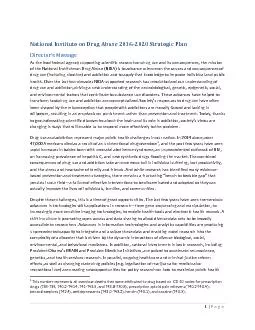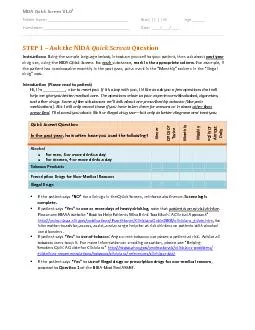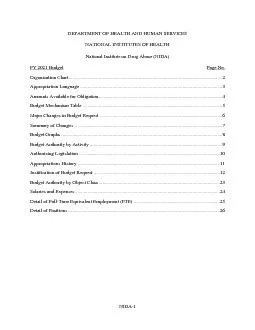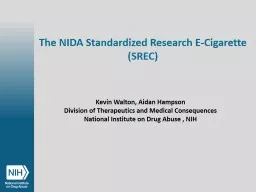PPT-NIDA Director’s Report to the
Author : min-jolicoeur | Published Date : 2017-12-05
CRAN Joint Council Meeting May 3 2017 Nora D Volkow MD Director NIDAnews National Institute on Drug Abuse Division of Therapeutics and Medical Consequences Center
Presentation Embed Code
Download Presentation
Download Presentation The PPT/PDF document "NIDA Director’s Report to the" is the property of its rightful owner. Permission is granted to download and print the materials on this website for personal, non-commercial use only, and to display it on your personal computer provided you do not modify the materials and that you retain all copyright notices contained in the materials. By downloading content from our website, you accept the terms of this agreement.
NIDA Director’s Report to the: Transcript
Download Rules Of Document
"NIDA Director’s Report to the"The content belongs to its owner. You may download and print it for personal use, without modification, and keep all copyright notices. By downloading, you agree to these terms.
Related Documents

